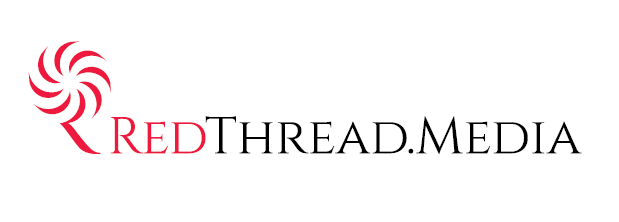Model making is something I've always enjoyed and was an element of cinematic development that I dearly loved . From the models of Ken Adams to picturing Stanley Kubrick studying his scaled version of the Overlook Hotel and selecting steady cam shots, a diorama is not only a great way to pre-visualize, but can also be a way to observe interaction with your audience:
The above image is the creation of my good friend Mohammed Qutaish who is not only the master of creating paper craft models, but is also the subject of my ongoing project, "Future Aleppo". His models not only provide a preservation of the beautiful city of Aleppo, but also provide testament to the lives that lived there. Furthermore, he supplements the historic with his own imaginative projections of the city he dreams of rebuilding.
It is that level of investment with which I recommend participants build their storyscapes. They have the opportunity to really structure the world to best support the audience's exploration of the narrative and where possible can incorporate interactive elements.
So, following the creation of a map, the natural graduation is to turn elements of your StoryWorld into three dimensional playsets for your characters and audience proxy to explore. I recommend keeping the build as simple as possible using paper craft, plasticine, pens/ paint etc.
Once built, the next step is to find ways to make the diorama interactive. In the past I have used, 'Little Bits', 'NFC Tags' and Bare Conductive, but there are always new toys that can be incorporated and can often breath magic into the model.
The final stage is always to encourage others to play with what you have built. This is the best possible way of examining what your story really means to people and what draws their interest.

